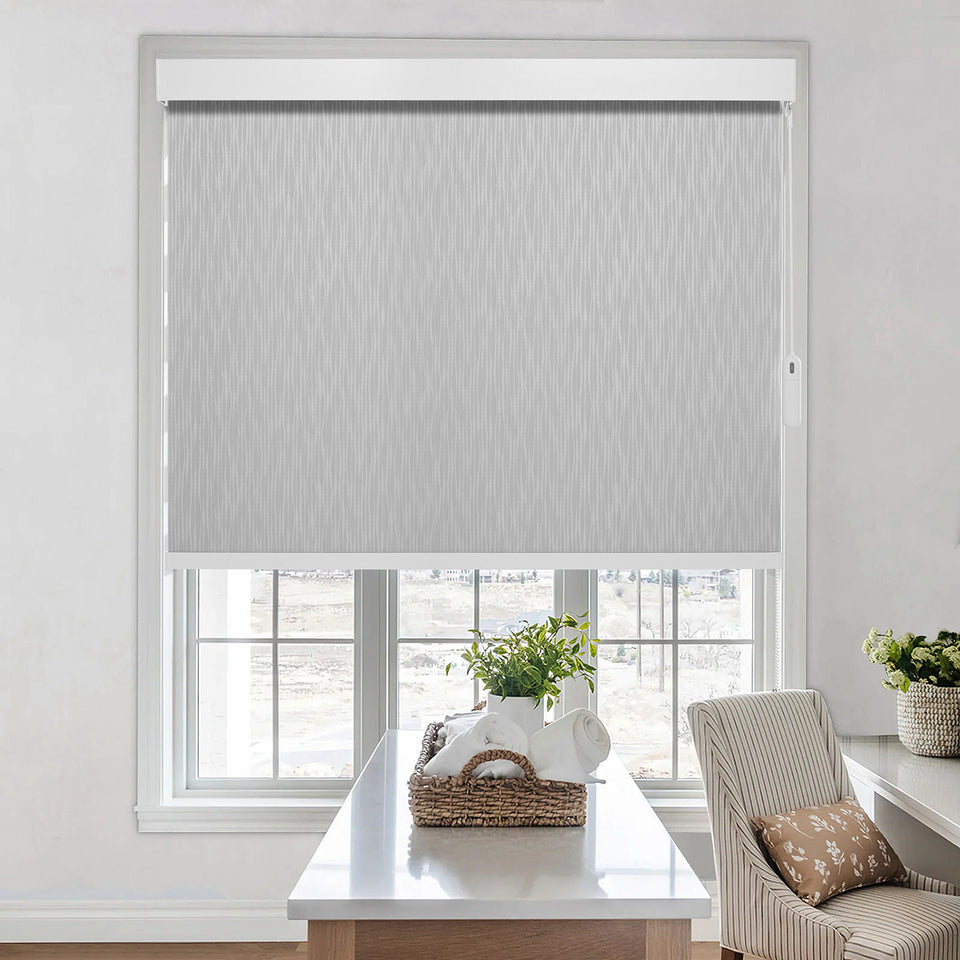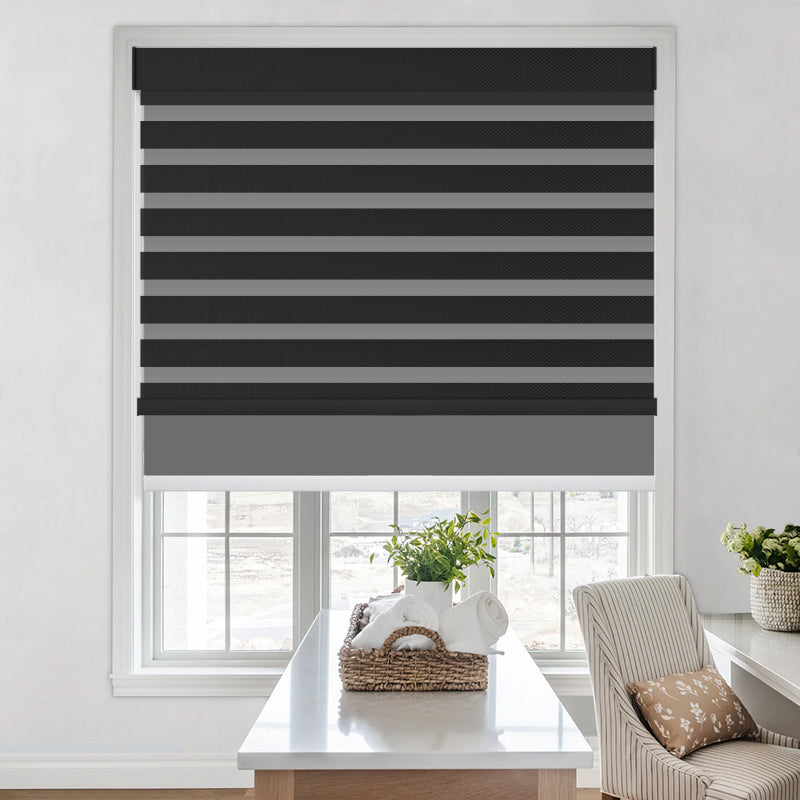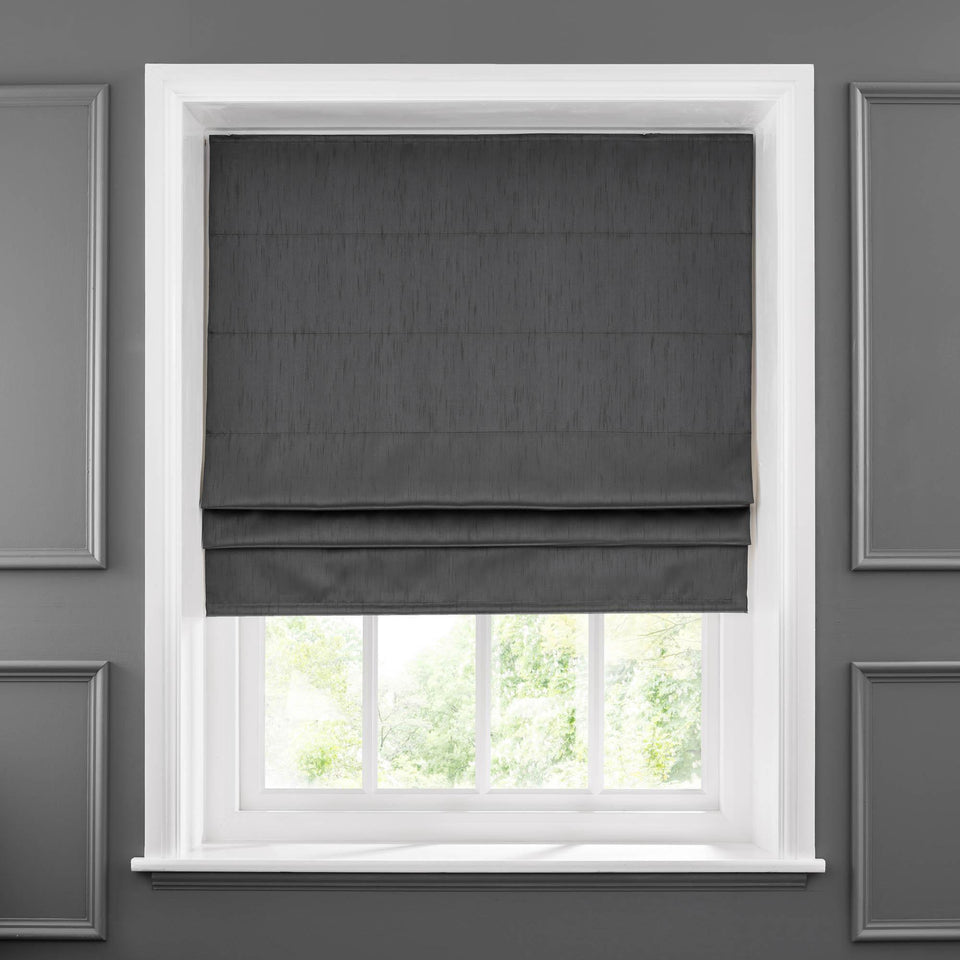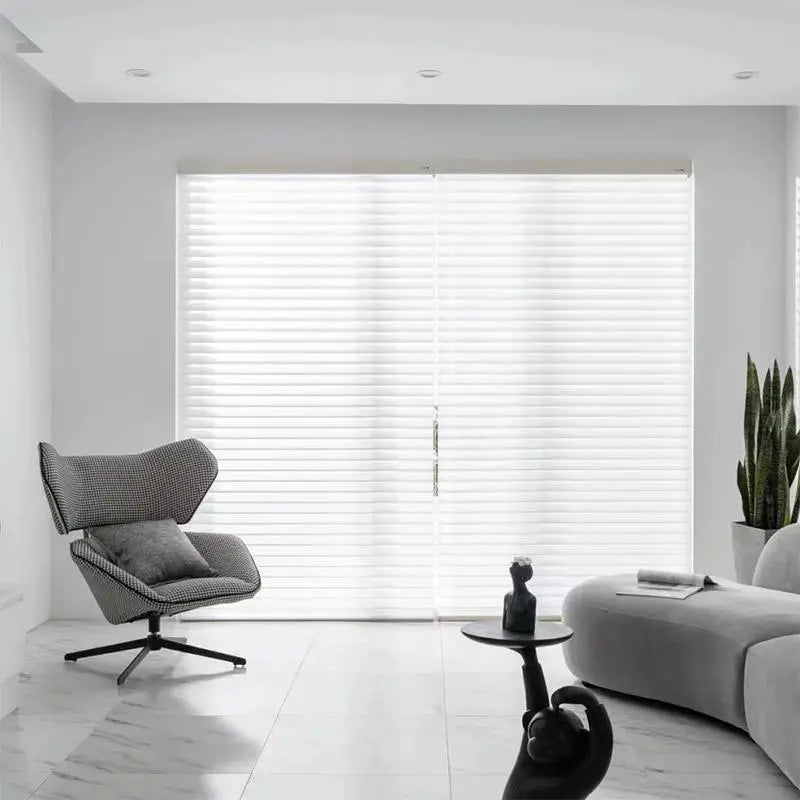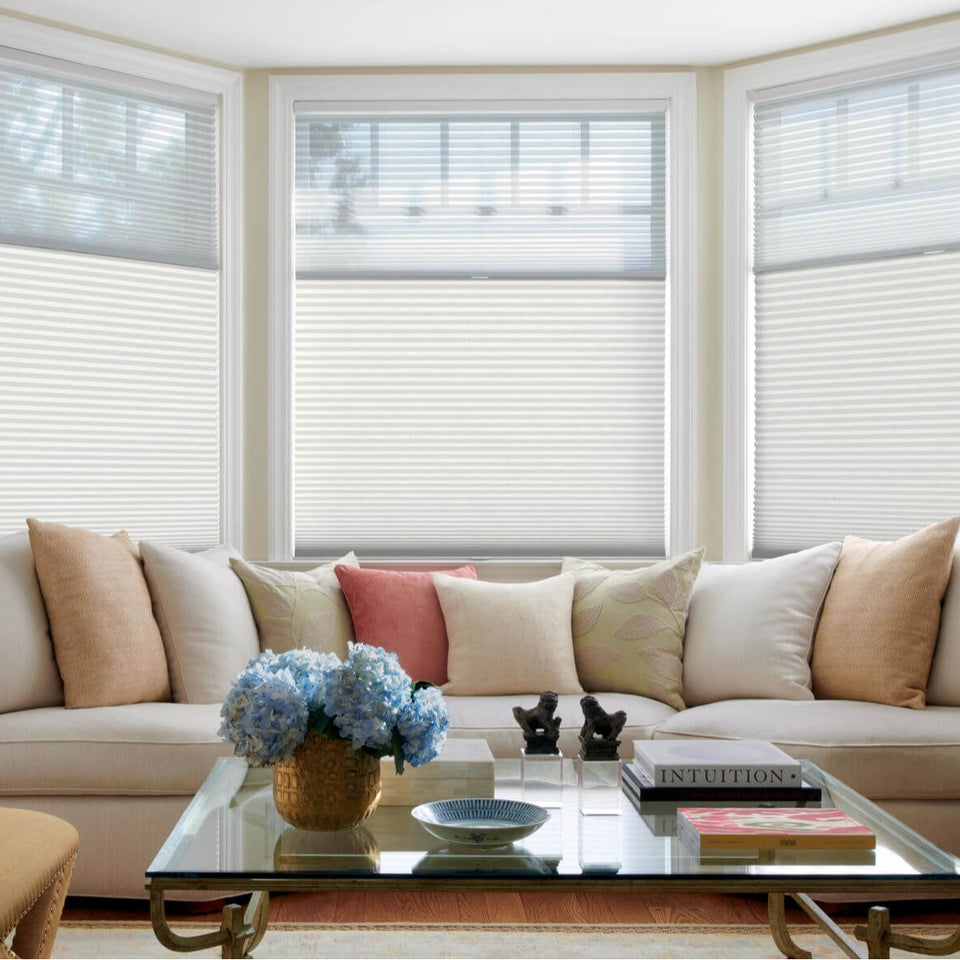What You Need to Know About Engineered Wood Flooring
Engineered wood flooring has grown rapidly in popularity over the last decade, offering homeowners the elegance of solid hardwood while being more resistant to moisture, easier to install, and often more cost-effective. At LongTermHouse.com, we understand how overwhelming it can be to choose the right flooring for your home. To help, we've put together this comprehensive guide on everything you need to know about engineered wood flooring.
What Is Engineered Wood Flooring?
Engineered wood flooring is a multi-layered flooring product, consisting of a real wood veneer top layer adhered to a stable core made of plywood or high-density fiberboard. This design provides the beauty and warmth of traditional hardwood but with added durability and resistance to moisture and temperature changes. The top veneer, or "wear layer," is typically made from high-quality wood species like oak, maple, walnut, or even exotic woods.
Unlike solid hardwood, which is milled from a single piece of timber, engineered wood floors are designed to handle fluctuations in humidity and temperature, making them ideal for areas like basements, kitchens, or homes built on concrete slabs.

Benefits of Engineered Wood Flooring
-
Improved Stability
The layered construction of engineered wood flooring makes it less prone to warping, expanding, or contracting when exposed to moisture or temperature fluctuations. This stability allows it to be installed in places where solid hardwood may not be recommended, such as basements or bathrooms. -
Versatile Installation
Engineered wood flooring can be installed in areas where traditional hardwood might struggle, like over concrete or radiant heating systems. Plus, with different installation methods like glue-down, nail-down, or floating (click-lock), it provides flexibility depending on your space. -
Wide Range of Options
Engineered wood flooring is available in a variety of wood species, finishes, and stains. From classic oak to exotic species like Brazilian cherry, you'll have plenty of choices to match your decor. You can even find pre-finished engineered wood, saving you time during installation. -
Cost-Effective
While engineered wood might have a higher initial cost than unfinished solid hardwood, you save on installation and finishing expenses. It often turns out to be a more affordable option in the long run, especially with reduced maintenance needs.
Types of Engineered Wood Flooring

Engineered wood flooring comes in several quality levels, which affects its performance, durability, and price:
-
Good: These entry-level options typically have a thinner wear layer (1-2 mm) and 3-ply construction. They are budget-friendly but may not last as long in high-traffic areas.
-
Better: Mid-range engineered wood floors feature a thicker wear layer (2-3 mm) and 5-ply construction. They are more durable and come in a wider variety of wood species and finishes.
-
Best: High-end engineered wood flooring offers the thickest wear layer (3 mm+), 7-9 ply construction, and can be refinished multiple times. These floors provide the most durability and design options, making them ideal for high-traffic areas or homes with a long-term investment in mind.
Comparing Engineered Wood Flooring to Other Flooring Options
When choosing flooring, it's essential to understand how engineered wood compares to alternatives like solid hardwood or laminate flooring.
-
Engineered Wood vs. Solid Hardwood
Both engineered wood and solid hardwood offer the beauty of natural wood, but there are key differences:- Stability: Engineered wood is more stable and less likely to warp in humid environments.
- Refinishing: Solid hardwood can be refinished multiple times, while engineered wood can only be refinished depending on the thickness of its wear layer.
- Cost: Engineered wood is typically more cost-effective, especially when factoring in installation expenses.
-
Engineered Wood vs. Laminate Flooring
While both offer an alternative to solid hardwood, they are fundamentally different products:- Appearance: Engineered wood has a real wood veneer, giving it a more authentic look than laminate, which uses a photographic image of wood.
- Durability: Engineered wood can often be refinished, while laminate cannot.
- Cost: Laminate is generally cheaper, but engineered wood offers more longevity and a more natural feel underfoot.
Choosing the Right Engineered Wood Floor for Your Home

When selecting the right engineered wood floor for your home, consider the following factors:
-
Wood Species
The species of wood used in the wear layer impacts both appearance and durability. Common species like oak and maple are known for their durability, while walnut and cherry provide rich tones but may be softer and more prone to scratches. Exotic species like Brazilian cherry offer unique colors and grains but often come at a higher price. -
Wear Layer Thickness
The thickness of the wear layer determines the floor’s durability and refinishing potential. A thicker wear layer (3 mm or more) is recommended for high-traffic areas and homes with pets or children, as it can be sanded and refinished multiple times over the floor's lifespan. -
Installation Method
Depending on your subfloor and room conditions, you can choose between different installation methods:- Glue-Down: Offers a solid, noise-reducing floor but can be more labor-intensive.
- Nail-Down: Traditional method for wood subfloors, providing a secure installation.
- Click-Lock (Floating): The easiest DIY option, ideal for quick installation and less invasive removal.
Maintenance and Longevity of Engineered Wood Flooring
With proper care, engineered wood floors can last 20-30 years or more. To extend their lifespan, here are some maintenance tips:
-
Daily Cleaning: Sweep or vacuum regularly to remove dirt and debris that could scratch the surface. Use a damp mop with a wood floor cleaner designed for engineered wood to keep it looking its best.
-
Humidity Control: Keep your home’s humidity levels between 35% and 55% to prevent excessive expansion or contraction of the wood.
-
Prevent Scratches: Place protective pads under furniture legs and use rugs in high-traffic areas to prevent damage.
-
Refinishing: Floors with a thicker wear layer (3 mm+) can be refinished to restore their appearance. However, avoid refinishing thin wear layers, as it can compromise the floor’s integrity.
Cost Considerations
The cost of engineered wood flooring can range from $4.50 to $16 per square foot, depending on the quality, species, and finish. Installation costs will vary based on the method and complexity of your space, averaging between $0.60 and $4 per square foot. Additionally, you may need to account for subfloor preparation, which can add $3 to $10 per square foot.
Conclusion
Engineered wood flooring offers a fantastic balance between beauty, durability, and practicality. Whether you’re looking to enhance the elegance of your living room or need a moisture-resistant option for your basement, engineered wood can be an excellent choice for almost any room in your home. By understanding the various types, installation methods, and maintenance requirements, you can choose a floor that meets your needs and adds lasting value to your home.
At LongTermHouse.com, we offer a wide variety of engineered wood flooring options to fit every style and budget. Browse our collection today and find the perfect floor for your next home improvement project!






